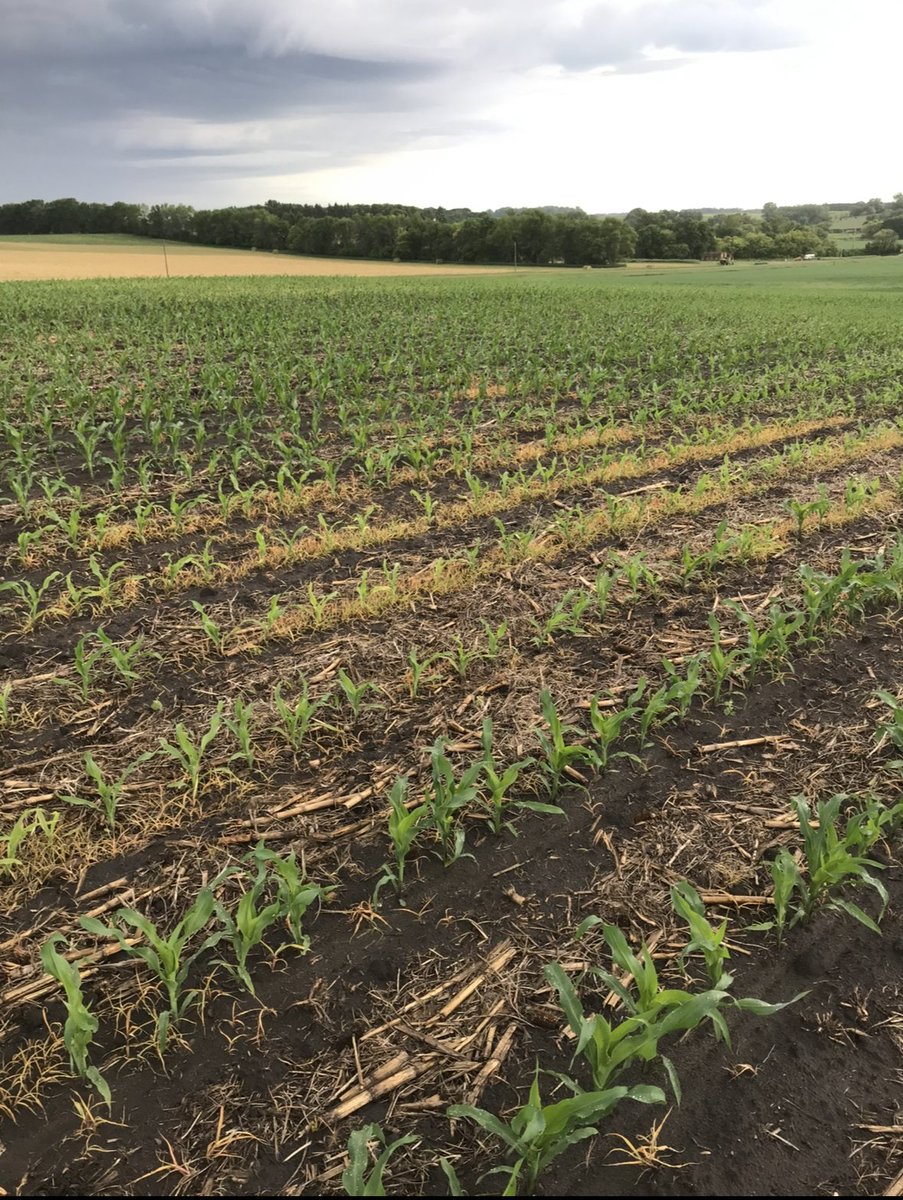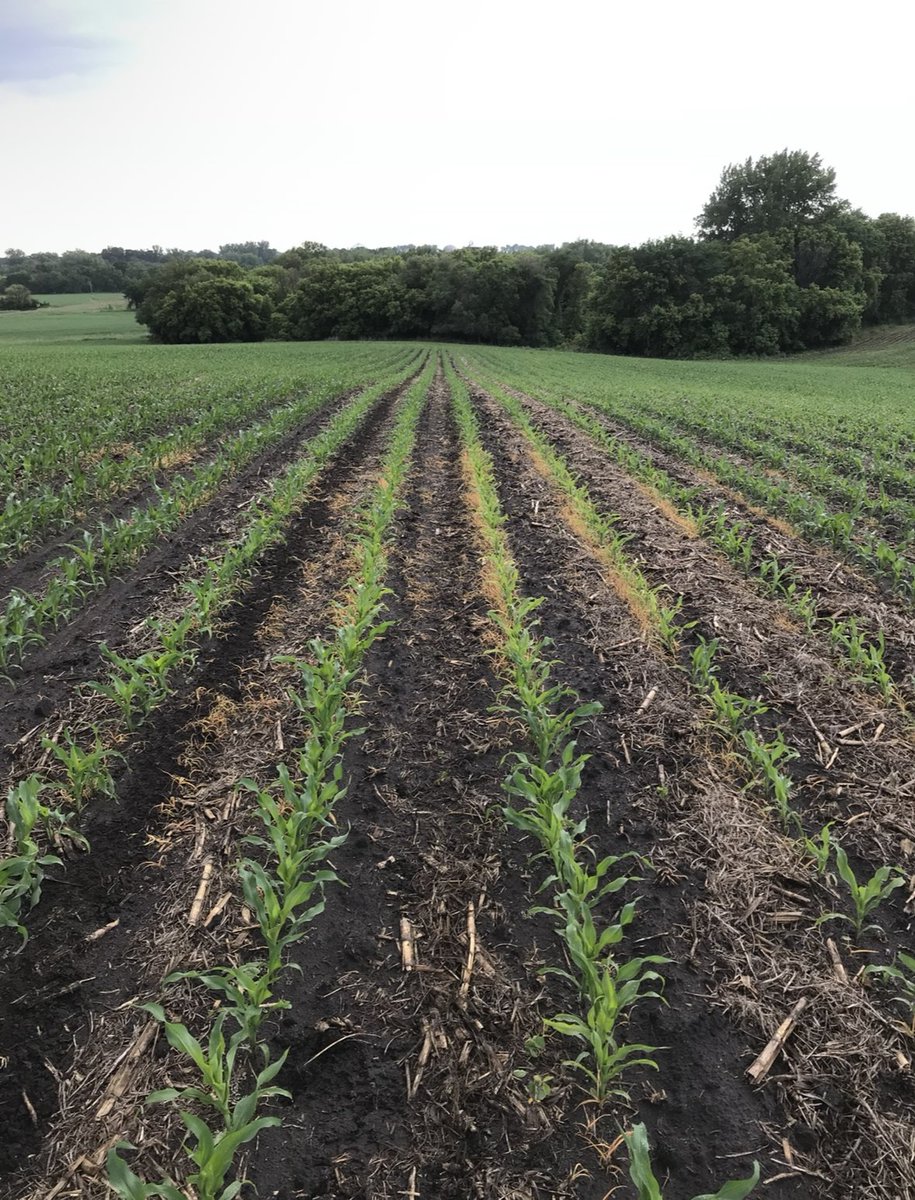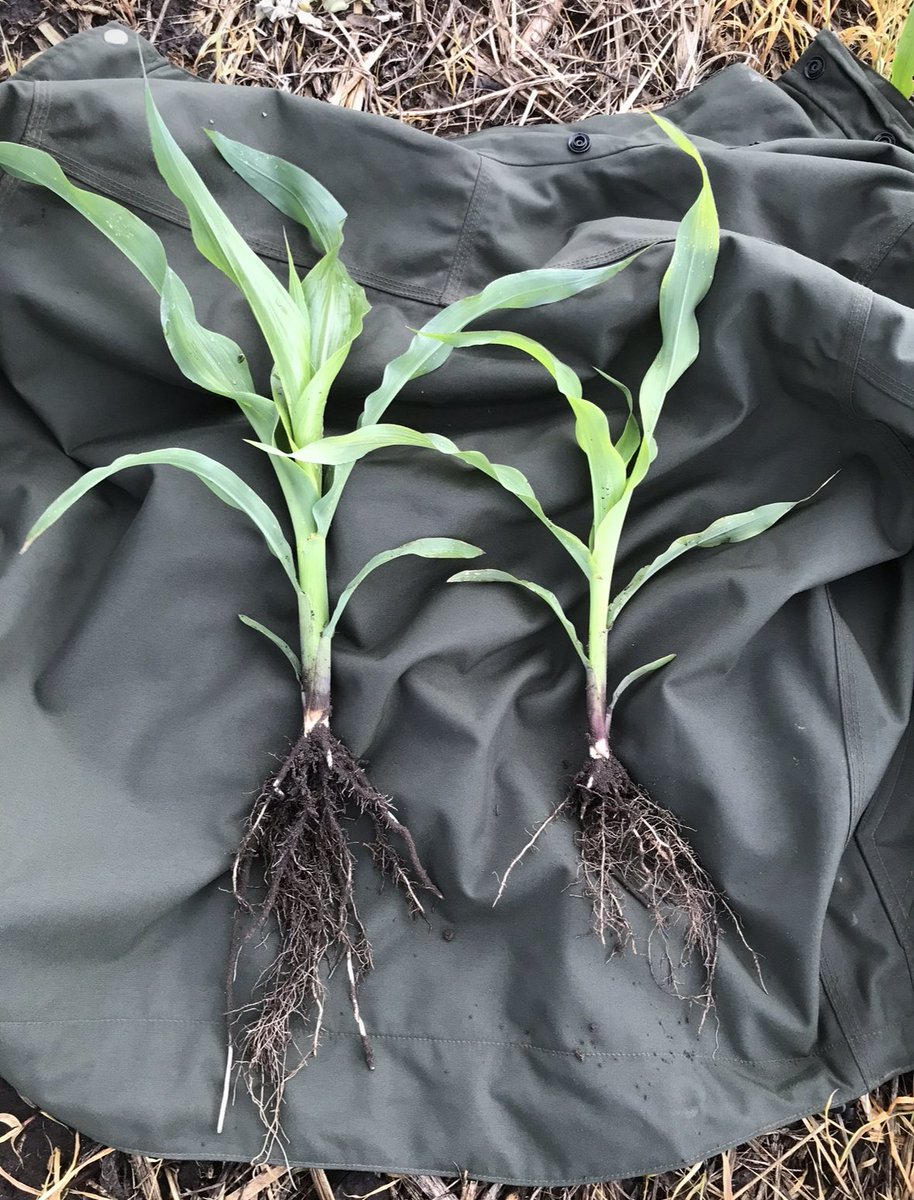
Brandon Schulzetenberg
@BeneathTheRows
Followers
519
Following
1K
Media
79
Statuses
291
🌾 Crop Consultant | SE North Dakota. Digging into agronomy, data, and field insights. Sharing boots-on-the-ground info for better decisions
Oakes, North Dakota
Joined February 2012








